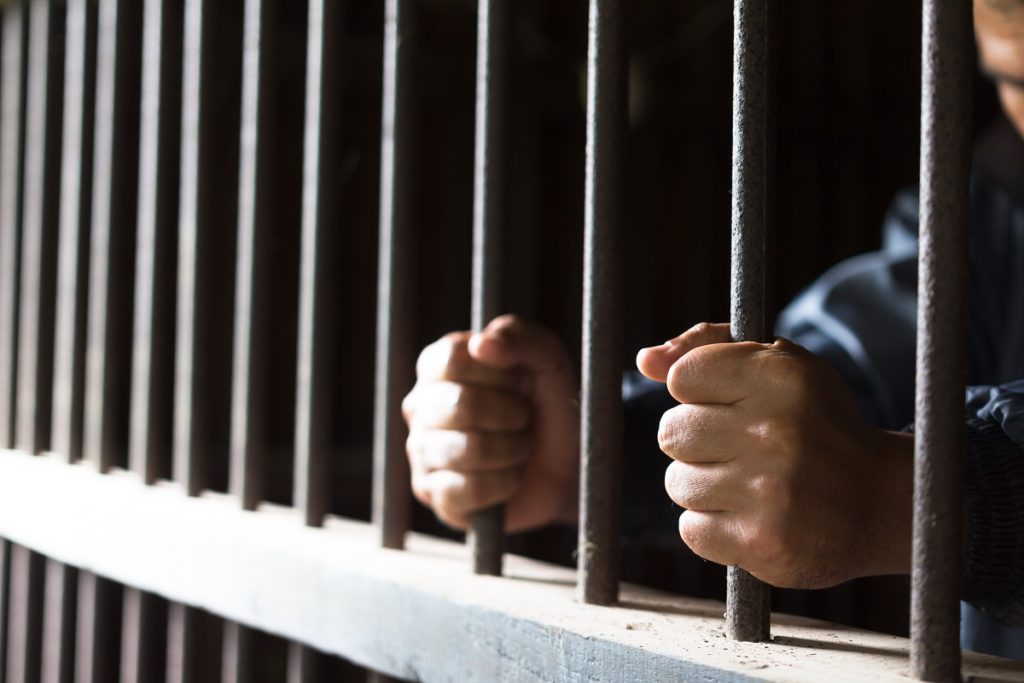When one thinks of prison, they are likely to conjure images of overcrowded cells, tough inmates almost ready for a brawl, and lousy food. None would ever have the idea of Halden Prison, one of the most popular prisons in Norway.
Halden is a maximum-security prison within a 75-acre land. It is also the second biggest of its kind in Norway and receives people from worldwide. However, it is also an interior design awardee and, most of all, one of the most liberal prisons.
In Halden, inmates live almost similar to the general population. They engage in a variety of activities, from sports to music. Their windows don’t have bars, and they have easy access to sharp objects. The only difference is they’re stuck there for some time.
Halden isn’t the only prison to operate in this manner. So do the rest in Norway. While some have criticized this system, most call it the most successful—one worth emulating by American prisons.
The Biggest Lessons and Rewards
What makes Norway’s prison system successful, and what makes that of the United States challenging? What can the latter country learn from the former?
1. US Prisons Struggle with Overcrowding
One of the biggest issues in the US prison system is overcrowding. In Utah, for example, the number of inmates has already increased by almost 300% since 1983. But most facilities almost remain the same.
Overcrowding also means a higher prison budget. It accounts for at least 5% of the total tax dollars the federal and state governments receive. The Prison Policy Initiative revealed that mass incarceration spending could be $100 billion more annually than previously thought. Meanwhile, in California, an inmate could mean a budget of $80,000 to keep them behind bars.
The more inmates there are, the more expensive it gets for the government and even taxpayers. And yet, the resources are finite. Moreover, overcrowding increases the risk of diseases and thus healthcare costs. It also adds a lot of burden to the personnel.
But American prisons and inmates can explore plenty of ways to reduce overcrowding. Utah families, for example, can consider working with bail bonds specialists. This can already remove thousands of unconvicted individuals from jails.

2. Norway’s Prisons Focus on Restorative Justice
For many, it seems the goal of prisons is to punish the individual. For Norway, it is an opportunity to rehabilitate the person so they can be part of society again. This concept is called restorative justice.
For this reason, inmates in Norway engage in many activities, so they can become productive and mend their ways. They learn life skills, while others go to school. They may also have regular contact with their families. They can visit their incarcerated loved ones twice a week and spend time with them privately.
Restorative justice is also one reason why the maximum prison sentence in Norway is only 21 years, even if the crime is heinous. Think of Anders Behring Breivik, who caused the 2011 Norway attacks that killed several children.
Despite the severity of his actions, he will still spend less prison time than many Americans with lesser crimes. He receives the same chance for rehabilitation as the others.
This isn’t to say that the person doesn’t receive any punishment. However, they believe that the real penalty is not to keep an individual behind bars but to take away their freedom.
Further, Norway can add 5 years into the sentence until they have data to show the person is already rehabilitated. Those who are less likely to change may not go out ever.
3. Norway’s Recidivism Rate Is Extremely Low
Norway’s prison system seems counterproductive, but the data shows that it’s working. It has one of the lowest recidivism rates in the world, at 20%. In other words, only 20% of those released become repeat offenders in the country. Compare that to a whopping 76.6% in the United States.
Restorative justice has a lot to do with it. Most inmates feel their facilities can help them become better people once they leave. Moreover, the personnel implement “dynamic security,” which means they are forced to interact or socialize with the people they are guarding. Meanwhile, the United States implements a more static approach, which is authoritarian-like.
Granted, many factors can affect or spell the difference between the prison system of the United States and Norway. There’s culture, budget, and even the demographics and behaviors of offenders.
However, Norway’s prison system won’t reach such status for no reason. Certainly, the United States can pick some nuggets of wisdom from the setup.






